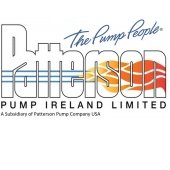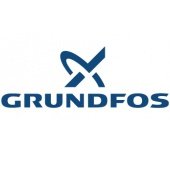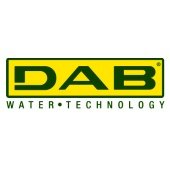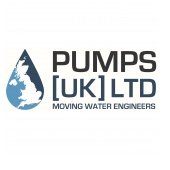Pump Fundamental Guides
Pump Working Pressure
Pumps require, in order to ensure trouble-free operation, a minimum static inlet pressure at the pump suction port, which is generally termed the minimum available net positive suction head (NPSH).
This available inlet pressure decreases...
Continue Reading
Category: Pump Fundamental Guides
Glanded (Dry-Motor) Pump
Design
The uniform feature of glanded pumps is the separation between the pumped fluid and the drive motor. The connection between the impeller in the pump body and the motor is made by either a common shaft or by coupled shaft parts....
Continue Reading
Category: Pump Fundamental Guides
Monobloc Glanded Centrifugal Pump
The monobloc pump design with flange mounted drive motors has found its place in mechanical building services as well as applications requiring greater duties. The pumps can be directly pipe mounted or, if necessary, mounted on a support bracket...
Continue Reading
Category: Pump Fundamental Guides
DIN-Standards Centrifugal End-Suction Pump
The bed-plate mounted centrifugal pump to DIN 24255 is only rarely used in conjunction with mechanical building services. They are mainly used in installations requiring large flow rates, abnormally high working pressures (cast steel, S G Iron) or...
Continue Reading
Category: Pump Fundamental Guides
Shaft Seals
Glanded Pumps, unlike Glandless Pumps, require shaft seals to separate the fluid handled from the drive motor. Two seal systems are generally in use:
Packed Gland Seal
The packed gland seal - the conventional shaft seal - is, due...
Continue Reading
Category: Pump Fundamental Guides
Duty Of Pumps
Pumps are required to displace fluids within a system of piping against the respective total friction head of the pipe system.
Typical example: The forced circulating system, e.g. of a central heating installation.
In the...
Continue Reading
Category: Pump Fundamental Guides
Design Duty Point Of The Pump
Defined as that Duty Point on the H-Q curve where a centrifugal pump operates at maximum efficiency. It is determined by the Flow Rate...
Continue Reading
Category: Pump Fundamental Guides
Pump H-Q Curve
Centrifugal pumps are classified as self-priming if they have the capability to handle liquids, gases and liquid/gas mixtures. The pump suction pipe is then...
Continue Reading
Category: Pump Fundamental Guides
Cavitation
Cavitation - cavity formation - is discharged by parts of the pumped fluid forcefully flashing into a vapour and the resulting formation of bubbles.
This occurs if the static pressure in the fluid falls below the temperature related vapour...
Continue Reading
Category: Pump Fundamental Guides
Avoiding Cavitation
If the available system inlet pressure, also termed static pressure, falls bellow the required pump inlet pressure, suitable measures must be taken to achieve at least an equilibrium such as:
...
Continue Reading
Category: Pump Fundamental Guides








3.png&w=170&h=170)

2.jpg&w=170&h=170)
1.png&w=170&h=170)